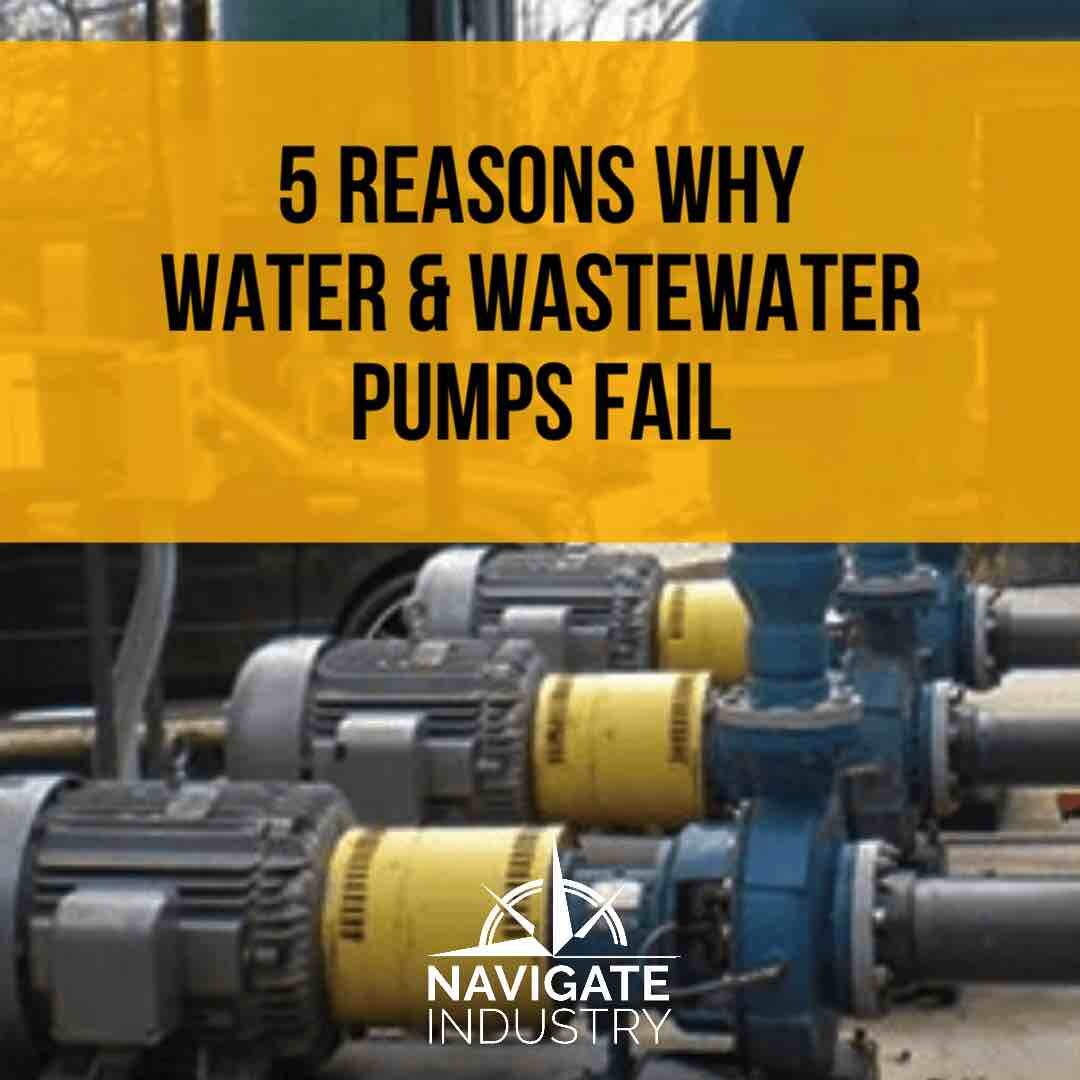An Industry Outlook for Submersible Wastewater Pumps
/A Q&A with the Director of the Submersible Wastewater Pump Association addressing topics like initiatives and industry trends.
By Michelle Segrest, Navigate Content, Inc. — Reporting for Modern Pumping Today Magazine
To further educate the public and spread the importance of its initiatives, SWPA addresses topics that are the most important to the submersible wastewater pumping community.
This Q&A is based on the well-respected learning units in the SWPA Handbook. Industry-leading experts from SWPA member companies contribute to enhancing these education and training initiatives through in-depth reports.
SWPA has a long-standing tradition and legacy of service. Briefly describe the SWPA mission.
Adam Stolberg: The Submersible Wastewater Pump Association (SWPA) is a national trade association representing and serving manufacturers of submersible wastewater pumps for municipal and industrial applications, manufacturers of grinder pumps for residential and commercial applications, manufacturers of component parts and accessories for submersible wastewater lift stations and grinder pump stations, and firms providing service to users of those products. Now in its fourth decade of service to the submersible wastewater pump industry, SWPA is recognized as the leading voice and the premier informational and training resource for the submersible pump segment of the wastewater industry.
What are some of SWPA’s specific initiatives for 2016?
Adam Stolberg: In line with the SWPA mission, our goal is always to inform and educate. In 2016, SWPA is introducing a complete online training portal called the SWPA Training Resource Center. It can be accessed through our website (www.swpa.org). This will be an educational resource for industry professionals. The online portal will contain case studies, industry definitions, and one-hour recorded training courses. The curriculum will be developed on an ongoing basis from SWPA’s industry experts. Courses will be on-demand and free to SWPA members. Certificates of completion will be offered by SWPA that participants may submit to their local governmental bodies for CEU/PDH hours. Courses will be available at the 100 level (basic) and 200 level (advanced). Non-SWPA members can also participate for a small fee. In addition, SWPA will be holding its annual two-day training course in Chicago from April 5 through 7.
How do the SWPA members work together to fulfill the initiatives of the organization (especially since some of them are competitors)?
Adam Stolberg: As we always say at our meetings, everyone leaves sales goals, company strategy, and egos at the door. What makes SWPA great is that while we have a room full of competitors, everyone knows that SWPA is all about the industry as a whole. We all work together to develop goals and initiatives that benefit the submersible wastewater pump industry not the individual member or the member company.
What topics should we look forward to learning about?
Adam Stolberg: First published in 1984, the first edition of the Submersible Sewage Pumping Systems (SWPA) Handbook was intended to familiarize and assist those responsible for the designing, installing and operating lift stations using submersible solids handling pumping systems. Now in its 4th Edition, and with more than 30,000 copies sold globally, the SWPA Handbook emphasizes the design, construction, installation, and operation of a system of carefully integrated components—the “Systems Approach.”
Submersible wastewater pump stations contain a number of complex independent components that must be properly matched with each other to ensure long, satisfactory and economic life. This approach assists consulting engineers, specifiers, users, and others to gain a better understanding of the interaction between the pump, valves, control panels, VFDs, basins, mechanical seal materials, and other components and how they interact to create a system that will create optimum performance, minimum maintenance and long life.
We hope to address specific questions based on each chapter of the handbook. They will include
Fundamentals and Components to the Systems Approach
Sizing a Wastewater System
Submersible Electric Motors
Selection of Submersible Pumps
Dry Well Submersible Pumps
Grinder Pumps in Pressure Sewers
Controls for Submersible Pumps
Variable Speed Pumping
Valves for Pumping Systems
Installation, Start Up, Operation, Safety and Maintenance
The SWPA Handbook also covers Standardized Pump/Motor Definitions, Glossary of System Terms, Electrical Terms, Valve Terms, Electrical symbols and various conversion tables, Formulae, etc.
Michelle Segrest is president of Navigate Content Inc. and specializes in creating content for the processing industries. If your facility has an interesting efficiency, maintenance, and/or reliability story to tell, please contact her at michelle@navigatecontent.com.









